There are many ways of approaching the design of an all-new engine, but taking more than a little inspiration from Ferrari’s Colombo V12 surely has to be one of the best.
The naturally aspirated 4.0-litre V12 forthcoming from British classic Ferrari experts GTO Engineering is an echo of the past brought right up to date using the latest engineering techniques and internal-combustion technology to produce an engine that will be lighter, cleaner-running, more powerful and higher-revving than its 1960s counterpart. With a target power output of 460bhp and rev limit of 10,000rpm, the sound it will make at full chat is almost unimaginable.
It’s designed to power the Squalo, a ground-up sports car design recapturing the spirit of 1960s Ferraris without being a recreation of one. Back in 1960, Ferrari moved from two single overhead camshafts to quad cams but stuck with two valves per cylinder, rather than increasing the number to four. The Squalo engine does just that, with quad cams and a total of 48 valves – 24 inlet and 24 exhaust.
Four valves per cylinder is common enough in modern engines, and two smaller inlet valves allow great volumes of air to enter the engine than a single larger valve. One of the benefits is allowing the engine to draw in enough air at high revs, which is vital to achieve the lofty rev limit that GTO’s engineers are targeting.
Drive is taken to the cams on the front of the engine as is usual: by a combination of gears and chains. The design of the front timing case in which the gears sit has been refined, as has the sump, while the two distributor caps are being designed in-house, because off-the-shelf components simply aren’t sufficiently good-looking.
The engine is fuelled not by a bank of twin-choke downdraft Weber carburettors but by electronic port fuel injection with 12 individual throttle bodies (ITBs), one feeding each cylinder. The exact design of the ignition system is still being finalised, and the jury is still out on the use of distributors, but there will be a crank sensor and an ECU to control the fuel-injection system and engine management, and that may include the ignition as well.
The engine has dry sump lubrication to provide a consistent supply of oil to the engine’s moving parts under heavy braking and cornering forces.
To reduce weight from those 1960s V12s, GTO’s designers have shaved off a few grams here and there by using hollow components in place of solid ones. Materials throughout the engine have been chosen to minimise weight and the starter motor is of a lightweight design. The designs of the clutch and flywheel are 25% lighter than the originals, and this has the twofold benefit of reducing weight but also inertia in the flywheel and crank assembly to improve response. The target weight is 165kg, which compares with the 176kg of a Ferrari 250 SWB’s V12 weighed by GTO Engineering.
Some prototype components are being produced in-house using additive manufacturing (3D-printing) techniques whereby components are printed from powered metal. There’s also a possibility that some production components might be made in the same way that Porsche made them for its latest 911 GT2 RS.
Saietta goes the distance
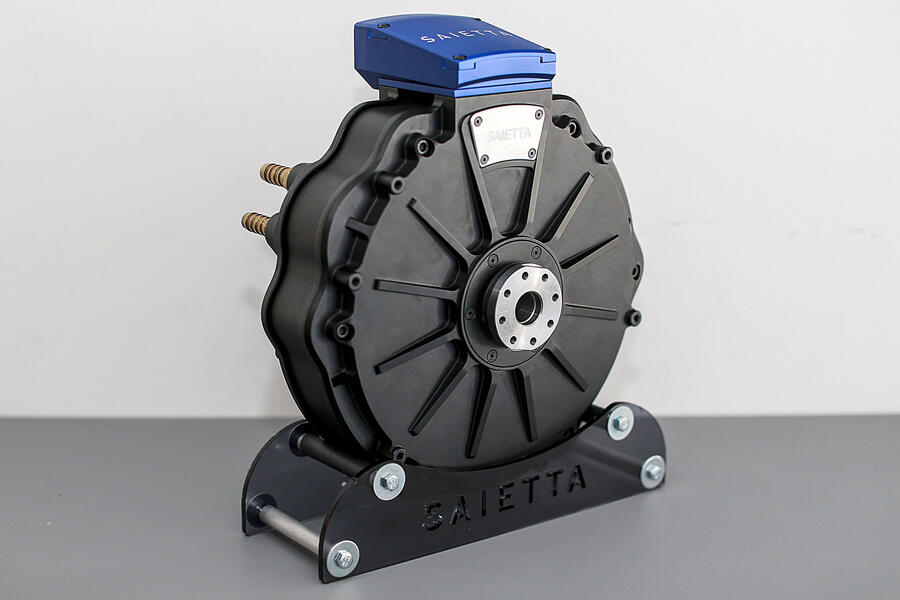
Saietta’s AFT 140 (axial flux technology) motor, covered in this column at the end of 2020, has improved the range of a Renault Twizy by 10% in real-world trials. The tests, which took place in the Netherlands, were overseen by independent engineering consultancy New Electric.
Two Twizys, one standard and one fitted with the new motor, were tested back to back and the only change made to the Saietta-powered vehicle was to swap out the motor.
READ MORE
GTO Engineering Squalo: Ferrari-inspired creation gets 4.0-litre V12
Rebuild, restore, renew: Inside Ferrari experts GTO Engineering

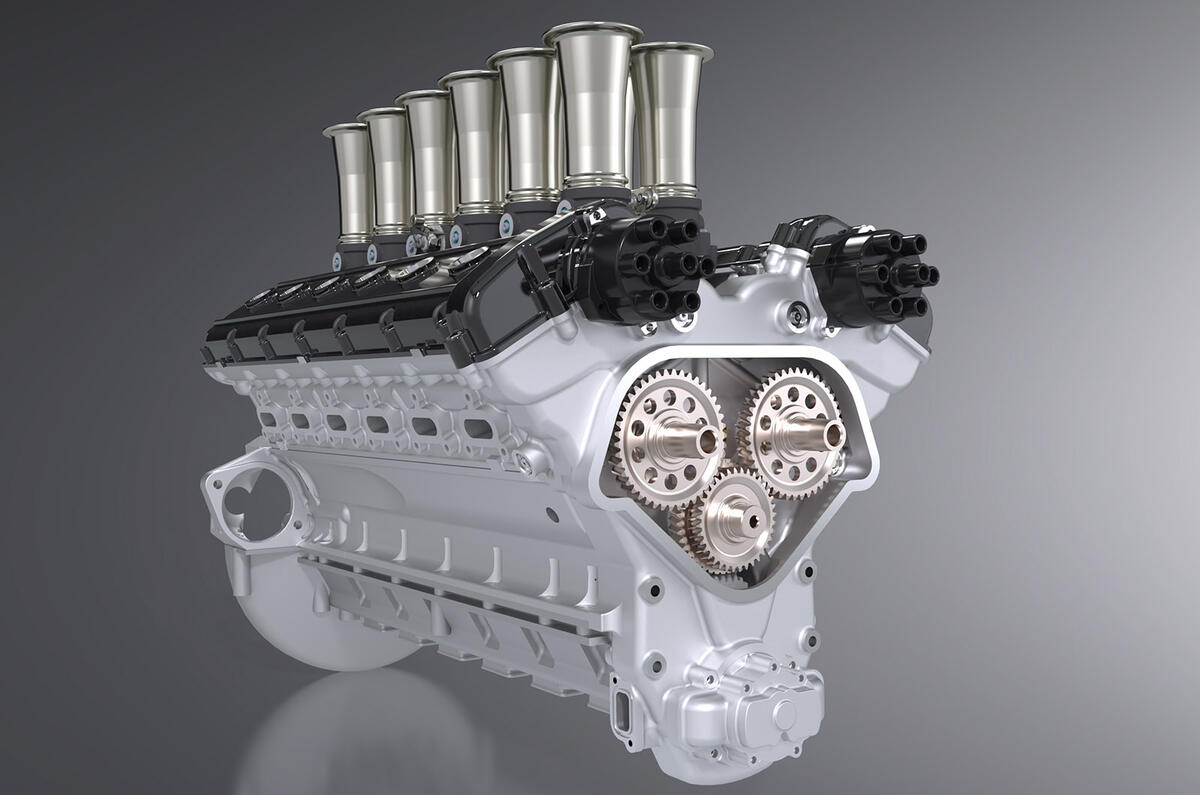
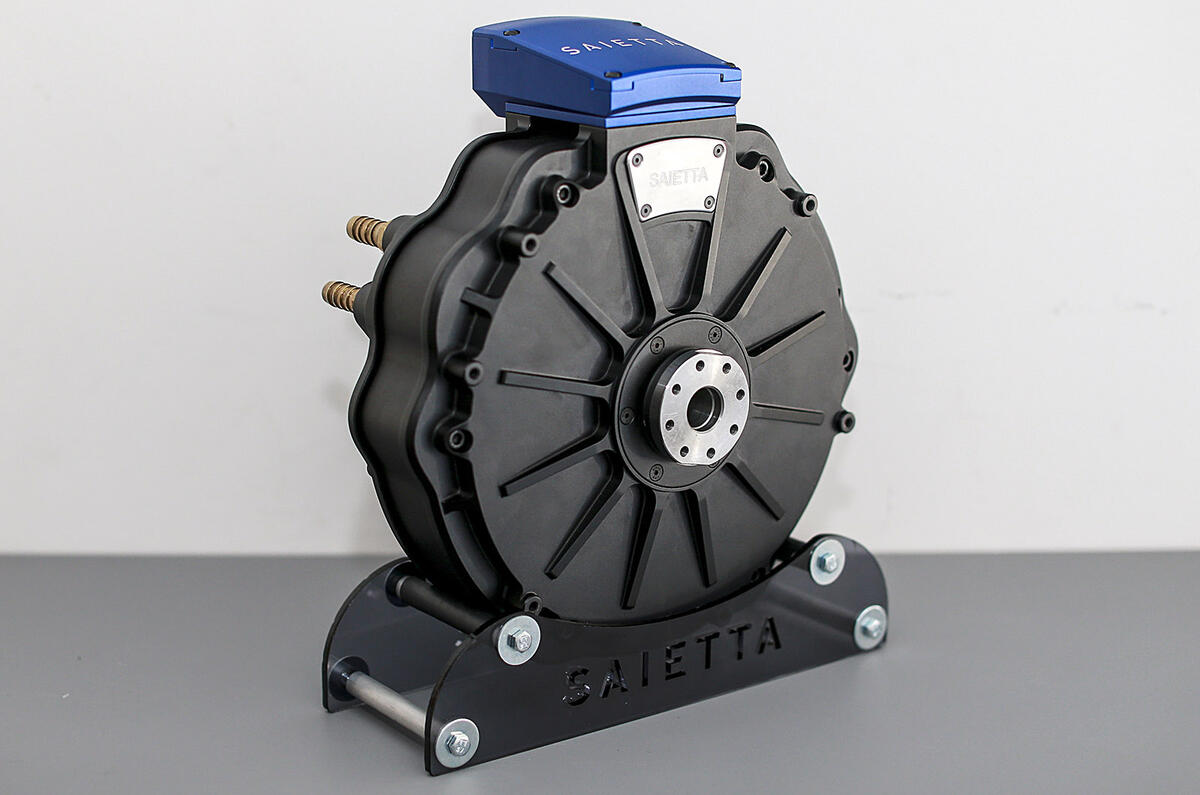
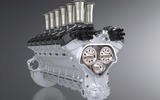
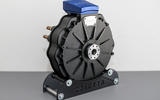


Join the debate
Add your comment
The details listed are hardly cutting-edge and whilst I'm certain that the result will prove technically superior to the original, the changes are more evolutionary than revolutionary - though that's probably more in keeping with the car than if someone like Koenigsegg had applied some of their engineering solutions.
My point is, the tone of the article suggests cutting edge engine design but that doesn't seem to be the case.
Perhaps they will use thermoplastic composites, like Porsche - I'll be interested to learn of their experiences.
Sorry to gripe but also the last paragraph about 3D printing reads 'powered metal', where it should read 'powdered metal'.
I know, everyone's a critic.